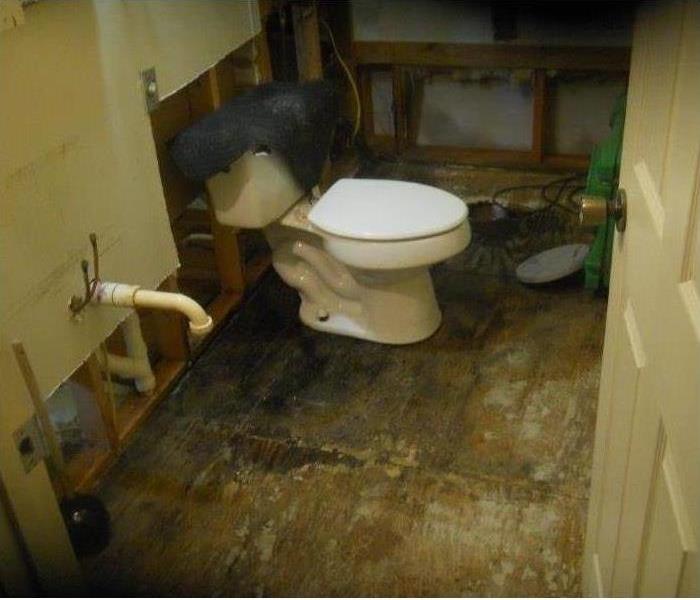How To Control Mold Growth in Your Home
9/12/2018 (Permalink)
Mold thrives in moist environments. While many homeowners in Knoxville, TN, may not worry about it, certain conditions inside your home may make it more susceptible to mold growth. To minimize the risk, you should address leaking pipes, water damage and existing moisture points quickly and efficiently.
After a Flood
If your home sustains water damage from a flood or burst pipe, you must quickly remove saturated items and dry the affected area to prevent mold growth. Use a shop vac to soak up water and open windows to increase air flow. You can also use fans and a dehumidifier to expediate the process. For additional protection, mix once cup of bleach with one gallon of water and spray the mixture on hard surfaces in the affected area.
Be sure to thoroughly assess your carpets and drywall. If your drywall is wet, water may seep through to the insulation. When wet, both materials can harbor mold, so you will need to replace them. As an additional safeguard, you may wish to install mold-resistant drywall. However, you must ensure that the area is free of moisture before completing this repair.
Additional Tips
Quickly repairing even small water leaks is an important mold-prevention strategy. To further reduce your home’s mold risk, follow these tips:
- Dry soaked materials within 24 - 48 hours
- Inspect caulking around sinks and tubs and replace if cracked or deteriorating
- Clean and repair gutters
- Direct water away from your home’s foundation
- Improve air circulation inside your home
High humidity can also expediate mold growth. One telltale sign of high humidity is condensation. If you notice condensation on widows or sills, you should apply weather stripping or a plastic film to reduce cold drafts. Increasing ventilation and using a dehumidifier can also help reduce the humidity level inside your home.
Mold Remediation
Mold prevention often requires a proactive approach. However, a flood or burst pipe can happen unexpectedly, creating significant water damage. To reduce your risk of mold under these circumstances, you may wish to consult a professional cleanup and restoration team equipped to handle a variety of situations, including mold remediation.






 24/7 Emergency Service
24/7 Emergency Service
